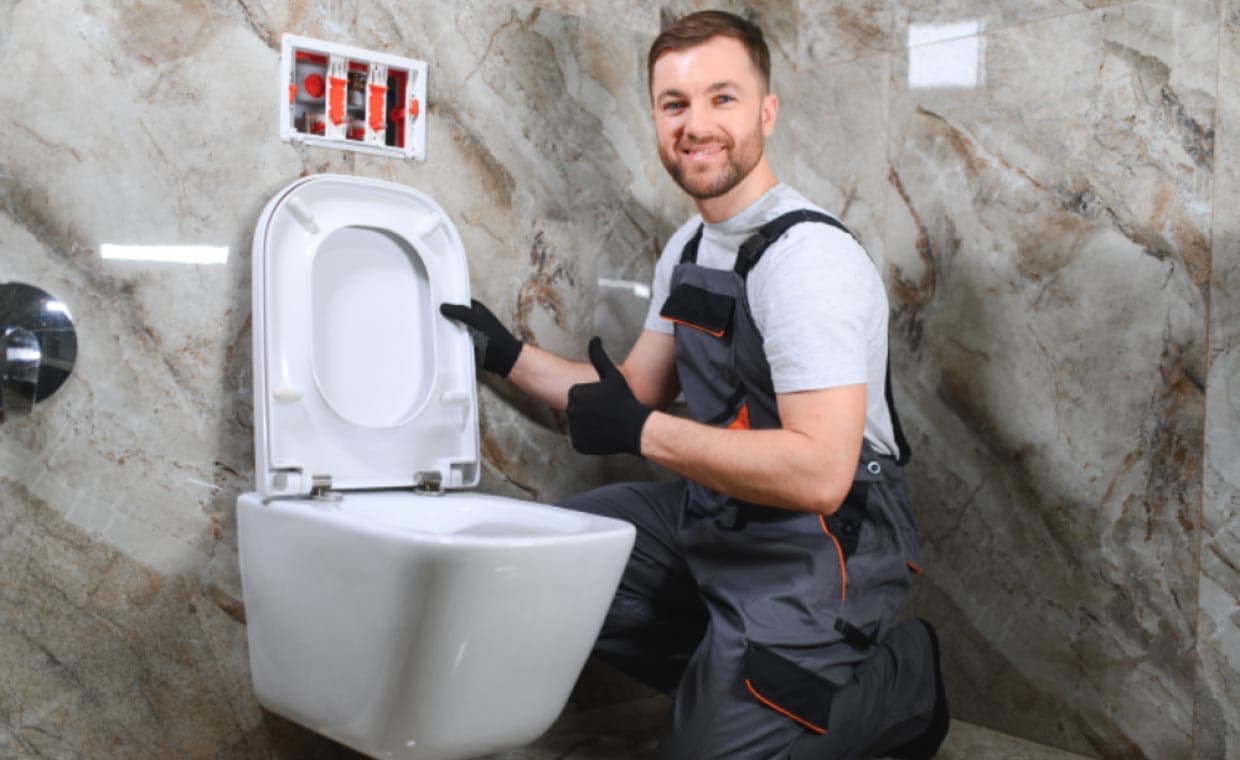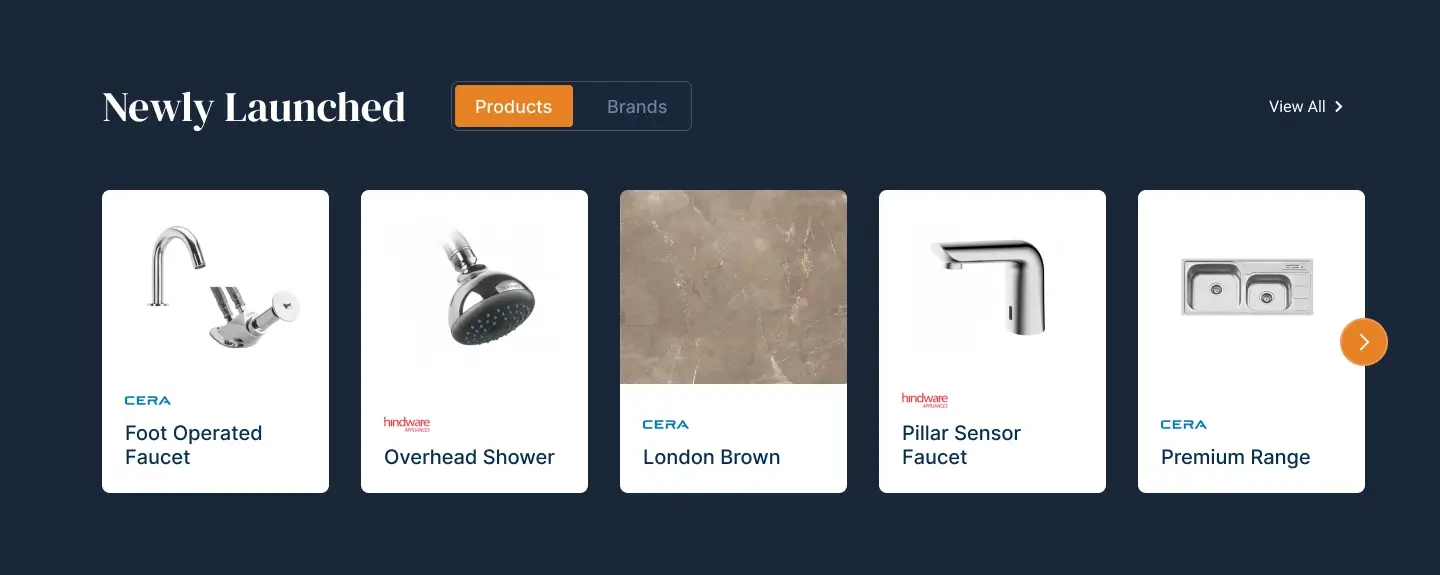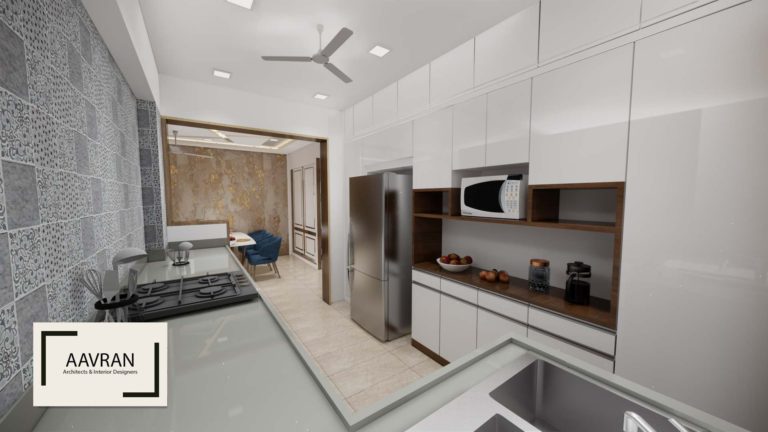
Table of Contents
A malfunctioning toilet can be frustrating. While you can solve minor problems with a plunger or basic troubleshooting, other issues require professional attention. Knowing when to call a plumber can save you time and money and prevent further damage to your plumbing system. If you experience any of the following toilet repair problems, it’s best to contact a professional for toilet repair as soon as possible.
1. Recurring or Persistent Clogs

Toilet clogs could be caused by a blockage further down the drain or an issue with your sewer line. While minor clogs can often be cleared with a plunger or a toilet auger, persistent issues may require professional equipment such as a drain snake or hydro jetting.
A plumber can use specialized tools to diagnose and fix the problem before it worsens. If multiple toilets in your home experience frequent clogs, it could indicate a more significant issue with your main sewer line that only a plumber can address.
2. Slow or Weak Flushing Issues

A toilet that flushes weakly may indicate a problem with the flushing mechanism, mineral buildup, or an obstruction in the pipes. Hard water deposits can accumulate in the rim holes or siphon jet and restrict water flow.
If adjusting the handle or cleaning the rim holes does not improve the flush, a plumber can inspect and resolve the issue effectively. Other potential causes include a malfunctioning flapper, a problem with the water level in the tank, or an issue with the venting system, all of which require professional diagnosis and repair.
3. Water Leaks Around the Toilet Base

Water pooling around the base of the toilet is a clear sign of a problem. This could be due to a deteriorating wax seal, cracks in the porcelain, or a faulty installation. If left unaddressed, a leaking toilet base can lead to significant water damage, mold growth, and structural weakening of the subfloor.
In some cases, tightening the bolts securing the toilet may temporarily stop the leak, but if the issue persists, a plumber should replace the wax seal or check for hidden cracks. A leaking base can also create unpleasant odors and increase water bills.
4. Toilet Continuously Running or Won’t Stop Refilling

If your toilet runs non-stop or frequently refills without flushing, it could be due to a faulty flapper, fill valve, or float mechanism. A running toilet can waste a significant amount of water. You might be able to resolve the problem by adjusting the float or replacing the flapper. If the problem persists, a plumber can quickly diagnose and replace any faulty components to restore proper function.
5. Gurgling Sounds or Air Bubbles in the Bowl

Unusual noises like gurgling or bubbling in the toilet bowl could indicate a venting issue or a clog in the sewer line. These sounds occur when air gets trapped in the plumbing system, often due to a blockage or improper ventilation. Gurgling noises can also be a warning sign of an impending backup, which could result in raw sewage spilling into your home.
If you notice these sounds when flushing or running other plumbing fixtures, call a plumber immediately. They can inspect your vent pipes, check for obstructions, and ensure proper drainage to prevent a full-blown plumbing emergency.
6. Sewage Odors Coming from the Toilet

A foul smell emanating from your toilet is a sign that something is wrong. Sewer gas leaks can be caused by a dry P-trap, a broken seal, or a blocked vent pipe. A properly functioning toilet should contain water in the P-trap, which prevents sewer gases from entering your home.
If you notice persistent sewer odors despite regular cleaning, a plumber can inspect the toilet’s seals and connections to identify the source of the smell. Prolonged exposure to sewer gases can cause health issues, including headaches and respiratory problems.
7. Cracks in the Tank or Bowl

Small cracks in your toilet’s tank or bowl can lead to leaks and structural failure over time. Cracks can form due to age, impact, or sudden temperature changes and can worsen over time. If you notice hairline fractures, monitor them closely for any signs of water leakage. A plumber can determine if a running toilet repair is possible or if a full toilet replacement is necessary. Ignoring cracks can lead to unexpected water damage, costly repairs, and even complete toilet failure.
8. Low Water Levels or Inconsistent Water Refills

If your toilet bowl has unusually low water levels or refills inconsistently, there may be an issue with the fill valve, flush valve, or an underlying leak. A malfunctioning fill valve may not allow enough water to enter the tank, while a worn-out flush valve can cause water to drain out of the bowl prematurely.
In some cases, blockages in the rim jets or venting problems can also cause inconsistent water levels. A plumber can inspect and repair these components to ensure proper water flow and prevent further complications. Consistent water levels are crucial for maintaining proper flushing efficiency and preventing sewer gases from entering your home.
9. Multiple Fixtures Backing Up at Once

If your toilet, sink, and shower are all backing up simultaneously, this could be a sign of a serious sewer line blockage. This type of problem should be addressed by a plumber immediately to prevent sewage backups and damage to your home.
Ignoring toilet problems can lead to costly repairs and potential damage to your plumbing system. If you experience any of these issues, it’s best to contact a professional plumber to ensure a quick and effective solution.
When DIY Fixes Aren’t Solving the Problem
While you can fix minor toilet issues with DIY methods, such as plunging, adjusting components, or using drain cleaners, some problems require professional expertise. If you’ve attempted to fix a toilet issue that keeps recurring, it may be a sign of a deeper problem within your plumbing system. Persistent leaks, frequent clogs, and unusual noises are indications that DIY efforts may not be enough.
A professional plumber has the tools and experience to accurately diagnose the root cause of toilet issues and provide long-term solutions. They can identify hidden leaks, repair internal components, and ensure that your plumbing system is functioning efficiently. Calling a plumber before the problem worsens can save you money on costly repairs and prevent potential water damage to your home.
Knowing When to Call a Professional
Toilet problems can range from minor inconveniences to major plumbing emergencies. Knowing when to call a plumber for toilet repair can save you time, money, and frustration. While simple fixes like plunging or adjusting the float may resolve some issues, recurring clogs, leaks, unusual noises, and sewage odors often signal a deeper problem requiring professional attention. Ignoring these warning signs can lead to more extensive damage, costly repairs, and potential health hazards. A licensed plumber has the expertise and tools to accurately diagnose and fix toilet repair issues before they escalate.
Also Read: Why Every Multi-Family Residential Building is Required to Have a Backflow Prevention System?






























